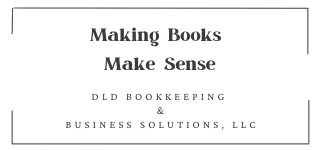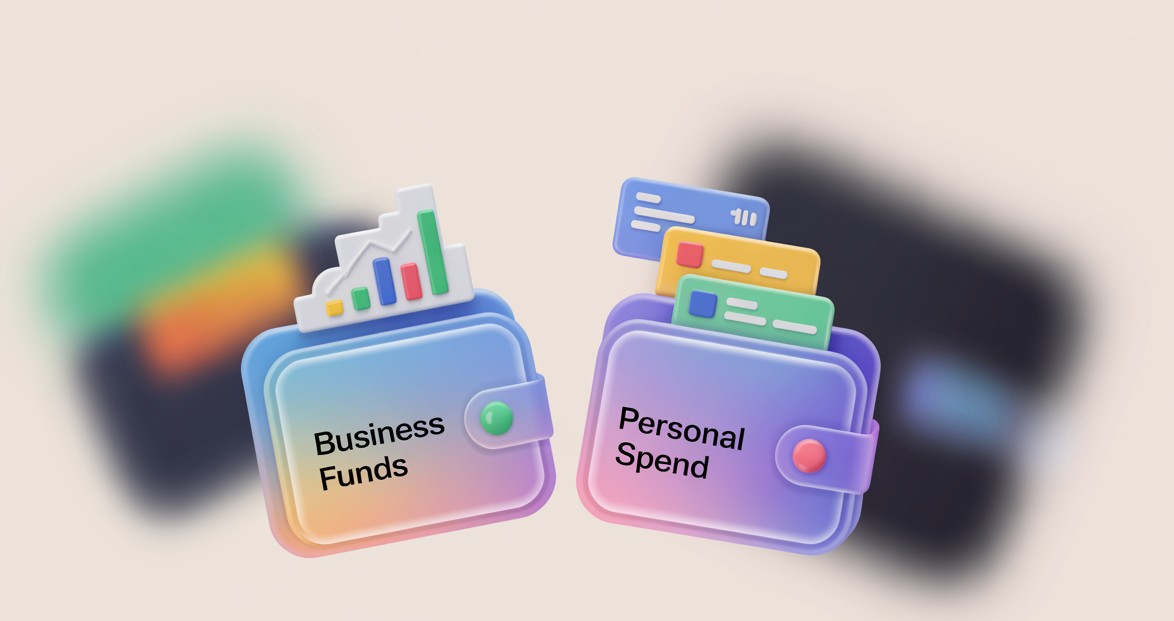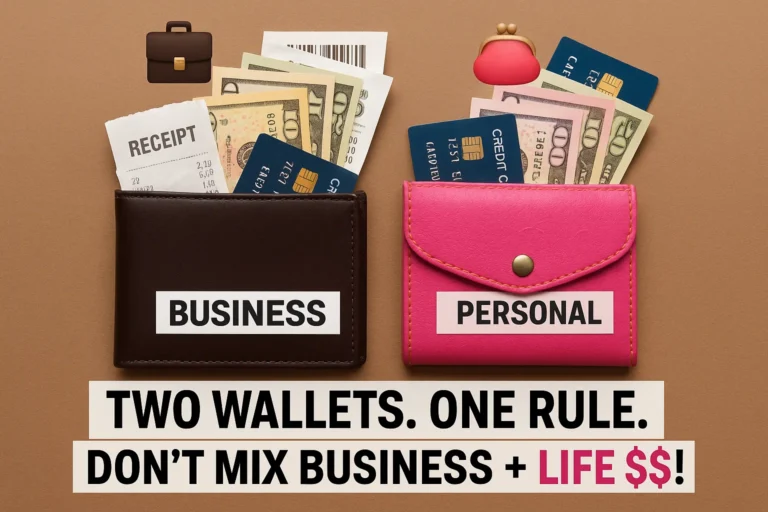How to Separate Business and Personal Finances in 6 Easy Steps – Stress-free!
Table of Contents
Introduction
Separate business and personal finances are crucial for any business, big or small. But when you are just getting started it’s so easy to be like, yeah I will just use my personal account for now. But it’s the wrong way to do it. Let me show you how to separate business and personal finances the easy way.
Step 1: Open a Business Bank Account
- Open the business bank account and only use it for business transactions.
- It keeps the books clean.
- It’s easy to see how much money is in the business.
- It clearly delineates business income and expenses.
- What type of account to look for?
- Easy to use- is it important for the bank to be local to you?
- What online features do you want them to offer?
- Don’t forget to check if they charge monthly fees.
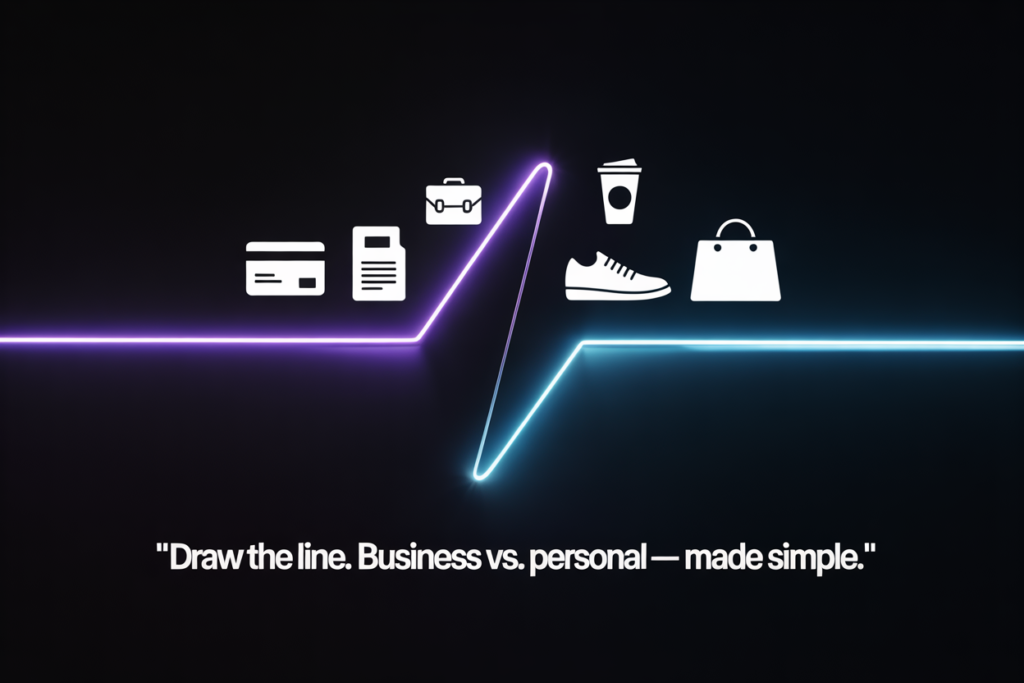
Step 2: Get a Business Credit or Debit Card
Alright, so some people are super against credit cards. That’s cool, I understand you don’t want debt. One reason I recommend a credit card is to avoid using your debit card everywhere. You don’t need to carry a balance, but I prefer using a credit card and paying it off.
Generally, not always, but generally it’s easier to deal with any fraudulent charges or stolen cards with a credit card than a debit card.
On the topic of credit – you can build business credit separate from your personal credit. This part isn’t my expertise, but you can find out more info on building business credit through Dun and Bradstreet: https://www.dnb.com/en-us/smb/resources/credit-scores/how-to-build-business-credit.html
Step 3: Choose a Simple Bookkeeping System
- Even a spreadsheet works at first— How to Set Up a Simple Bookkeeping System — Even If You Hate Numbers
- Consider using software like Wave (it’s free!), Xero, or QuickBooks.
We did some of the research for you: Comparing Bookkeeping Software
Step 4: Set a Habit of Paying Yourself Properly
- Don’t just “take money” from your business
- Don’t pay for personal things from your business account and count that as your paycheck.
- How to pay Yourself as a sole proprietor – the right way!
- Pro tip – set up automatic transfers to pay yourself regularly. Now, only do this if you have regular income and it won’t cause problems with cash flow.
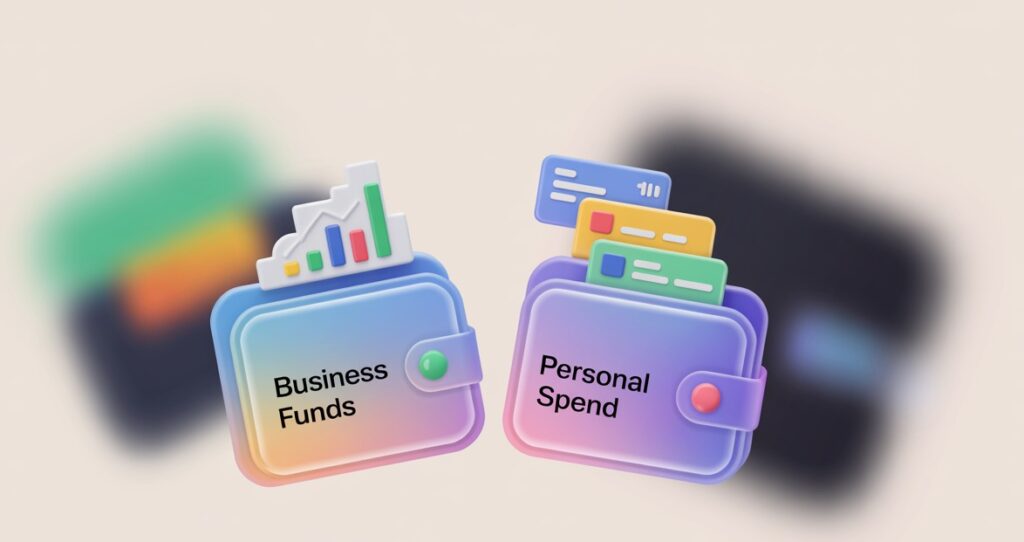
Step 5: Track Expenses in Real-Time
- Don’t wait until the end of the month – weekly is better, daily is best.
- Use apps or systems that link to your business accounts – most software option offers the option to link to your bank. This is possible using spreadsheets as well. (Tutorial coming soon!)
Step 6: Back Everything Up and Stay Organized
- Backup your spreadsheets by saving a copy to your hard drive or another cloud.
- Save receipts and keep a digital copy – even if it’s just a quick photo with your cell phone.
- Create a bookkeeping routine: we give you a checklist here A Simple Daily Bookkeeping Routine for Your Small Business
In the end
Bookkeeping might not the favorite part of your business, although it is for me! Regular bookkeeping from the start means clean books, peace of mind, and stress-free tax time.
I know we have talked about this a lot here at Making Books Make Sense, but keeping your business and personal finances separate is essential for your business and yourself. You can save yourself a lot of headaches, and possibly a lot of money, using these tips!
